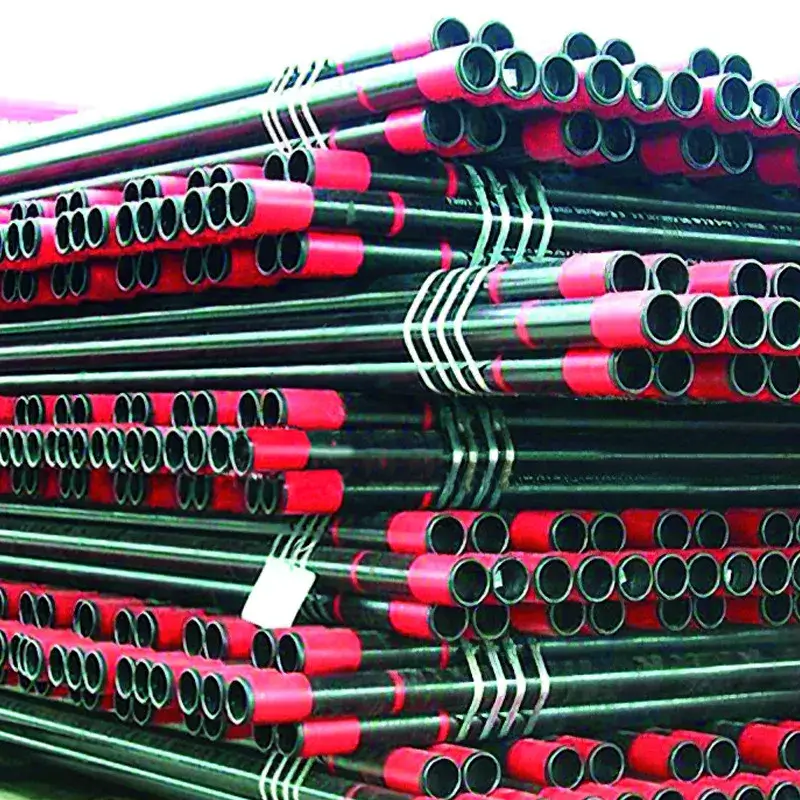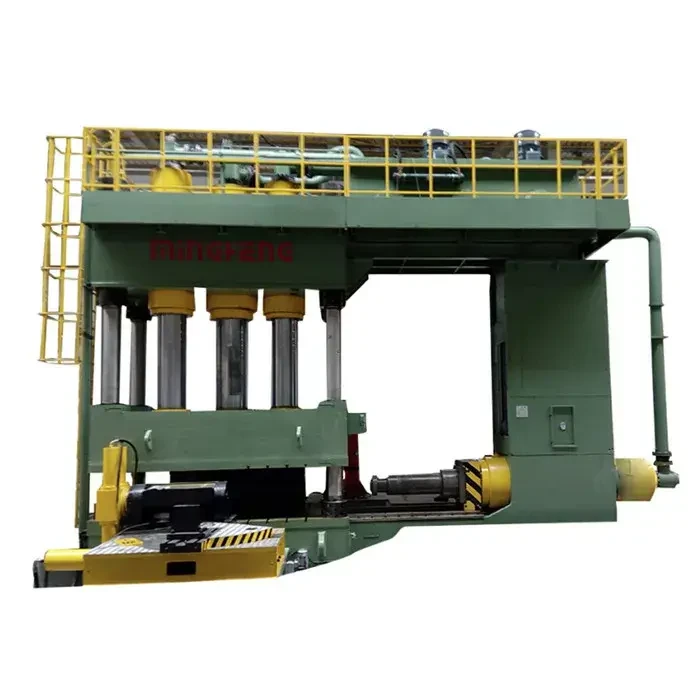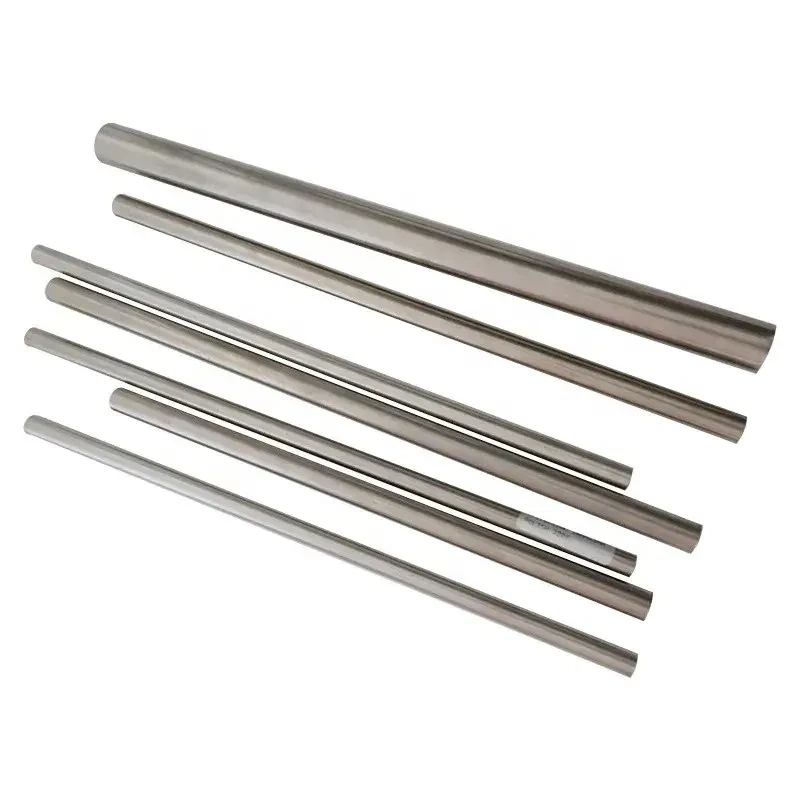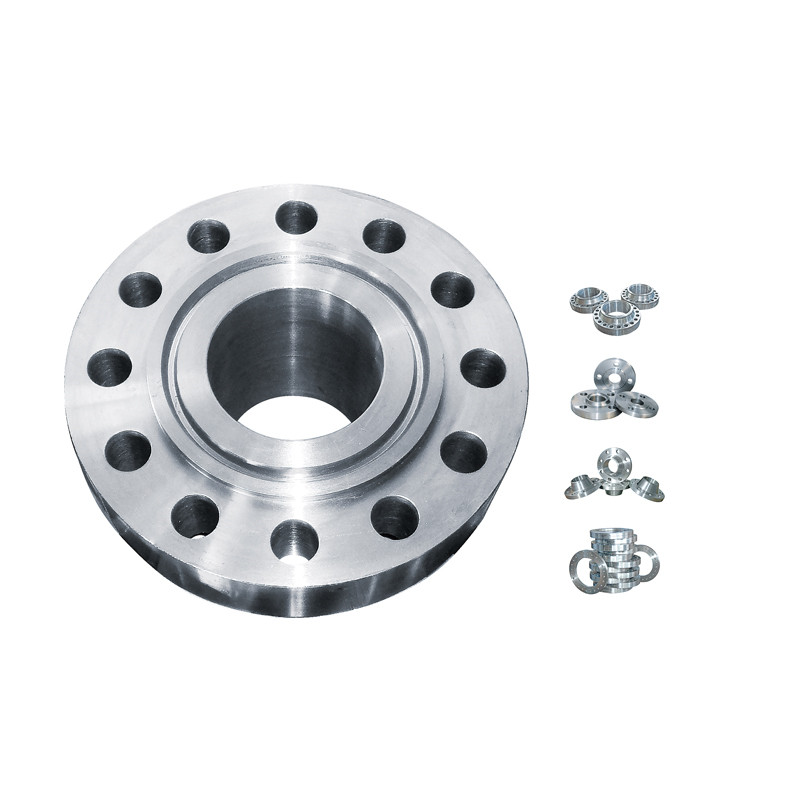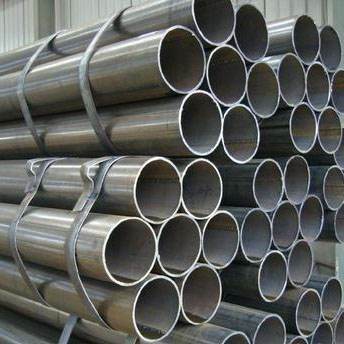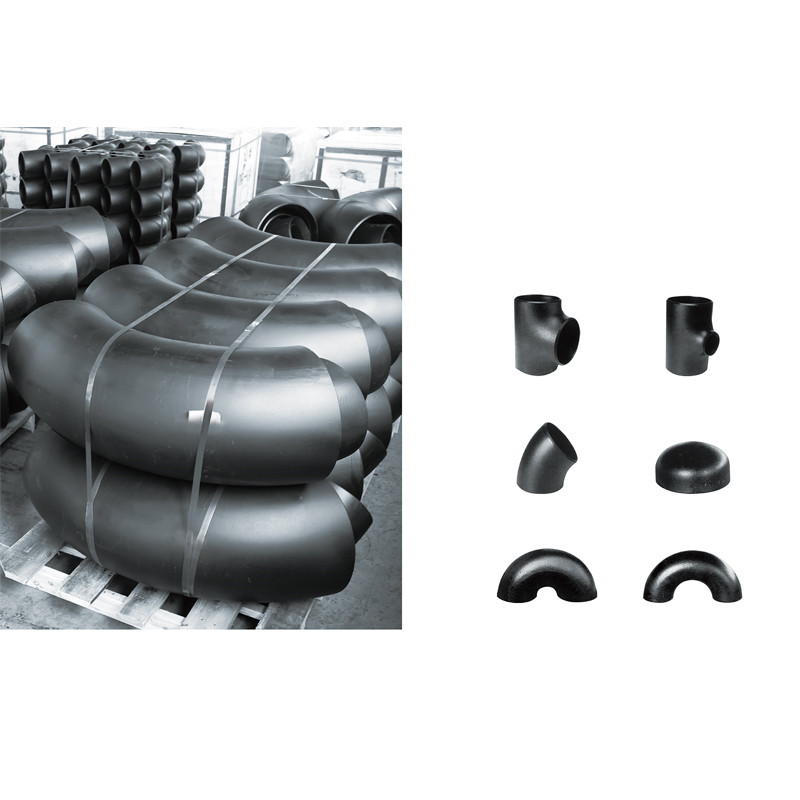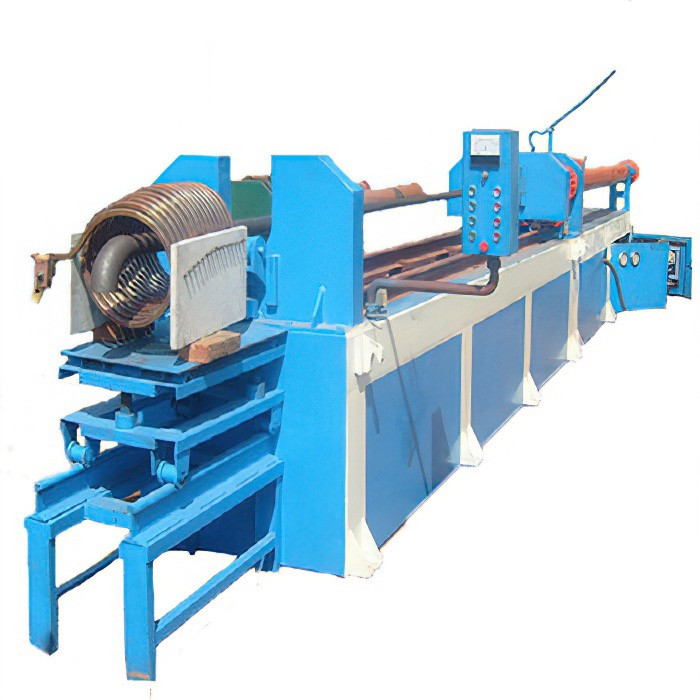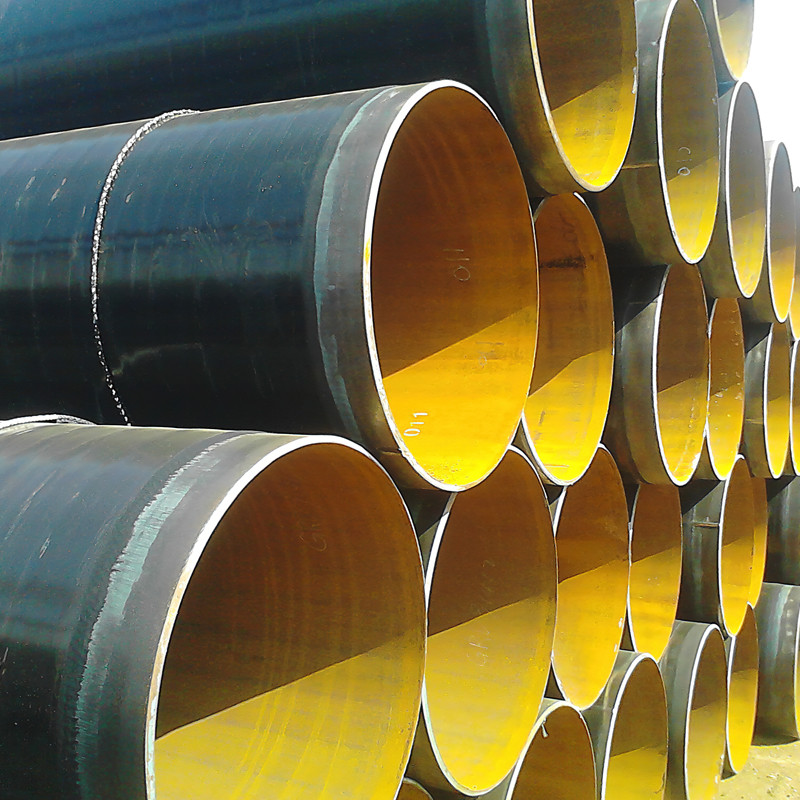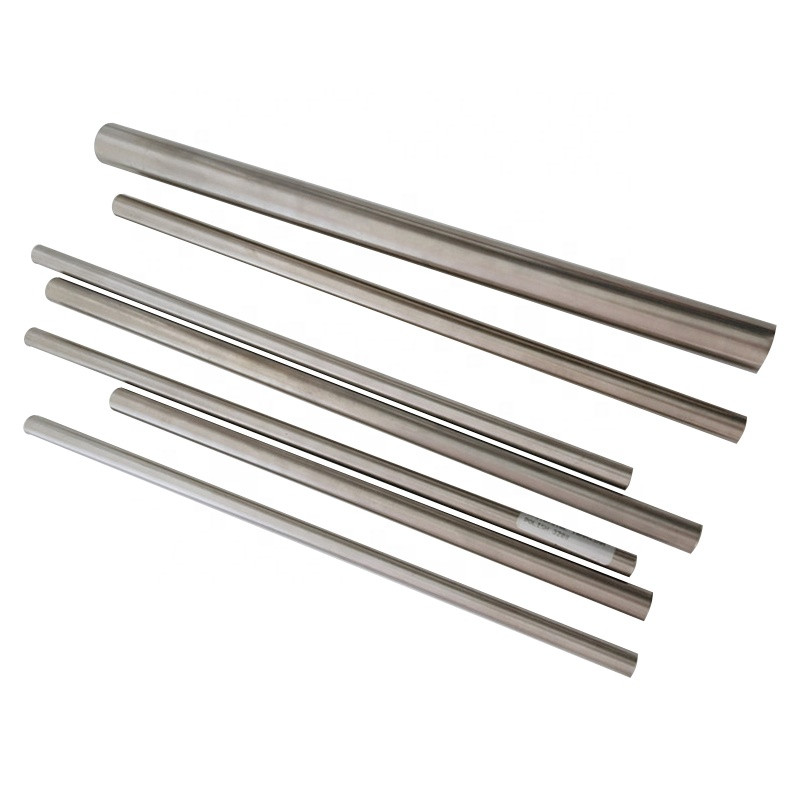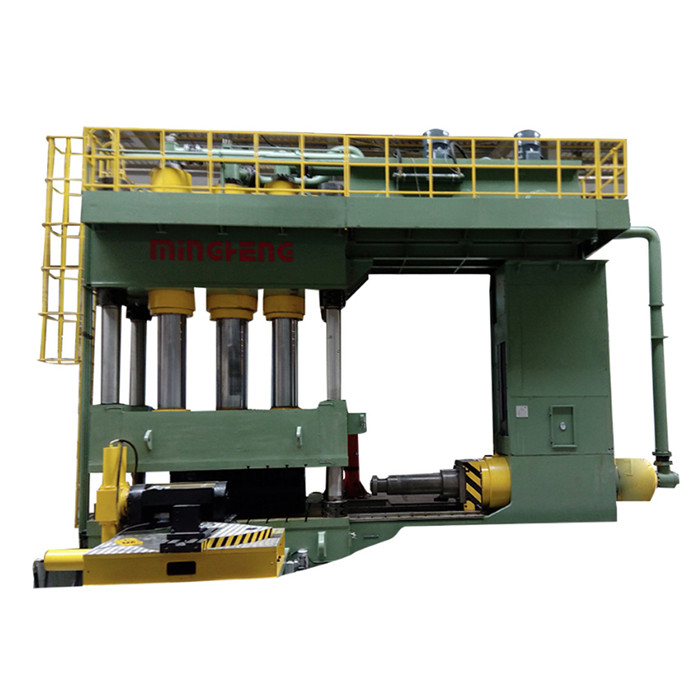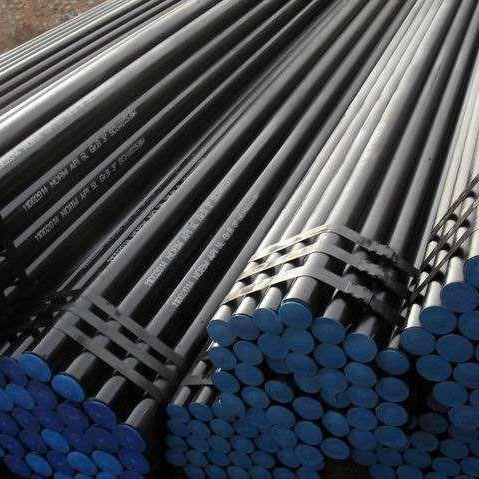Cold Forming Tee Making Machine: Field Notes from the Shop Floor
If you’re evaluating a tee making machine, here’s the short version: cold forming has quietly become the default in a lot of pipe shops because it’s fast, consistent, and kinder to the base material than hot methods. I’ve watched operators go from cautious to confident in a week—training curves are real, but manageable.

Industry pulse and why cold forming is trending
Across oil & gas, HVAC, fire protection, and water utilities, buyers want repeatable tees that pass ASME checks without the drama. Cold forming reduces heat-affected zones and maintains wall integrity—fewer weld repairs later. To be honest, the energy profile is gentler too; many shops report lower kWh per produced ton versus hot press, though real-world numbers vary by material and operator habits.
Key specs at a glance (Model GIL114)
| Product name | cold forming tee making machine |
| Type / Process | Cold forming (mechanical expansion + contouring) |
| Model | GIL114 |
| OD range | ≈17–114 mm |
| Recommended wall thickness | around 3–8 mm (real-world use may vary) |
| Max supported wall thickness | up to 25 mm (tooling and prep dependent) |
| Materials | Carbon steel, stainless, alloy steel |
| Throughput | ≈455 kg/hour |
| Power need | ≈30 kWh/ton produced |
| Dimensions (L×W×H) | 2700 × 800 × 2700 mm |
| Color | Green or Blue |
| Origin | Rm 1103, Shangpintaihu Bld 3#, Tongzhou District, Beijing |

Process flow, testing, and service life
Materials: CS (ASTM A234 grades), SS (304/316 families), and selected Cr-Mo alloys. Method: pipe blank loading → hydraulic expansion forming → calibrating → trimming → OD/ID deburr → NDT → marking. Testing: dimensional checks per ASME B16.9; material certs traceable to heats; NDT typically UT/MT where required by spec. Service life of the forming unit is commonly 8–12 years with routine hydraulic and tooling maintenance—I've seen longer when operators keep oil clean and respect tonnage limits.
Where it fits best
- Spool fabrication shops producing frequent reducing/straight tees
- Oil & gas gathering lines, skid packages, and MRO
- HVAC and fire protection manifolds where repeatability beats hand work
- Water treatment, mining slurries (with the right alloy)
Advantages many customers mention: tight ovality, minimal thinning on the branch, and low scrap. The tee making machine’s energy profile and footprint are also friendly for retrofits.

Vendor snapshot (quick comparison)
| Vendor | Origin | OD Range | Certifications | Lead Time | After-sales |
|---|---|---|---|---|---|
| World Steel Material (GIL114) | Beijing, China | ≈17–114 mm | ISO 9001; supports ASME B16.9 output | around 4–8 weeks | Remote commissioning + spares |
| Local Machine Builder A | Regional | up to 90 mm | ISO 9001 (varies) | 2–3 months | On-site only |
| Imported Brand B | EU | ≈20–114 mm | CE; ISO 9001 | 8–12 weeks | Service contracts |
Customization and real-world notes
- Tooling kits (branch sizes, radii) and dedicated mandrels
- Recipe presets for CS vs. SS to manage work hardening
- Inline NDT stations where spec calls for it
One water-works fab in Shandong swapped to this tee making machine for A234 WPB spools; dimensional rejects dropped by about a third—operator training and better lube selection helped. Another HVAC shop liked the quieter hydraulic pack; small thing, big morale.
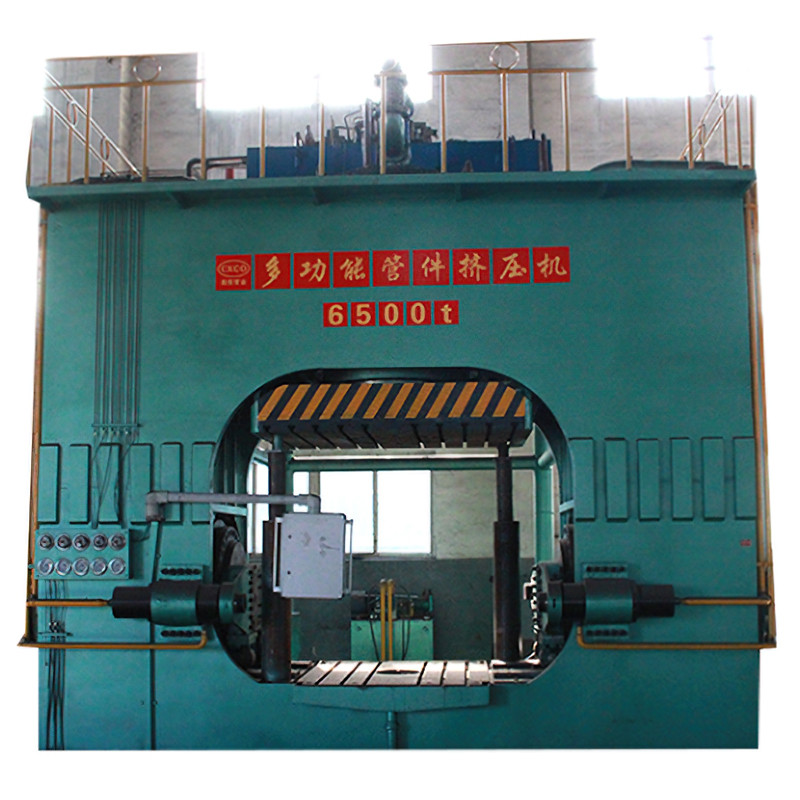
Compliance, standards, and documentation
Typical deliverables include ISO 9001:2015 QMS scope, CE declaration (Machinery Directive) where applicable, mill cert traceability, and forming logs that support ASME B16.9 dimensional checks. The tee making machine isn’t a magic wand; good results still rely on decent pipe, correct lubrication, and operators who mind the gauges.
- ASME B16.9 – Factory-Made Wrought Buttwelding Fittings.
- ASTM A234/A234M – Standard Spec for Piping Fittings of Wrought Carbon Steel and Alloy Steel.
- ISO 9001:2015 – Quality Management Systems Requirements.
- Directive 2006/42/EC – EU Machinery Directive.
Post time: Oct . 05, 2025 22:30



